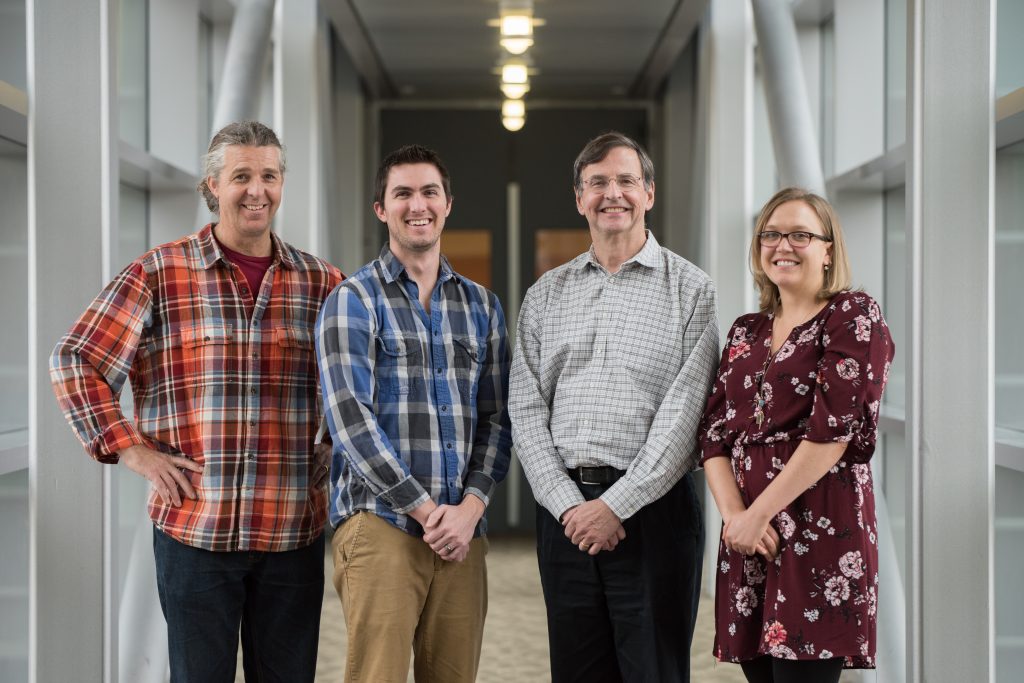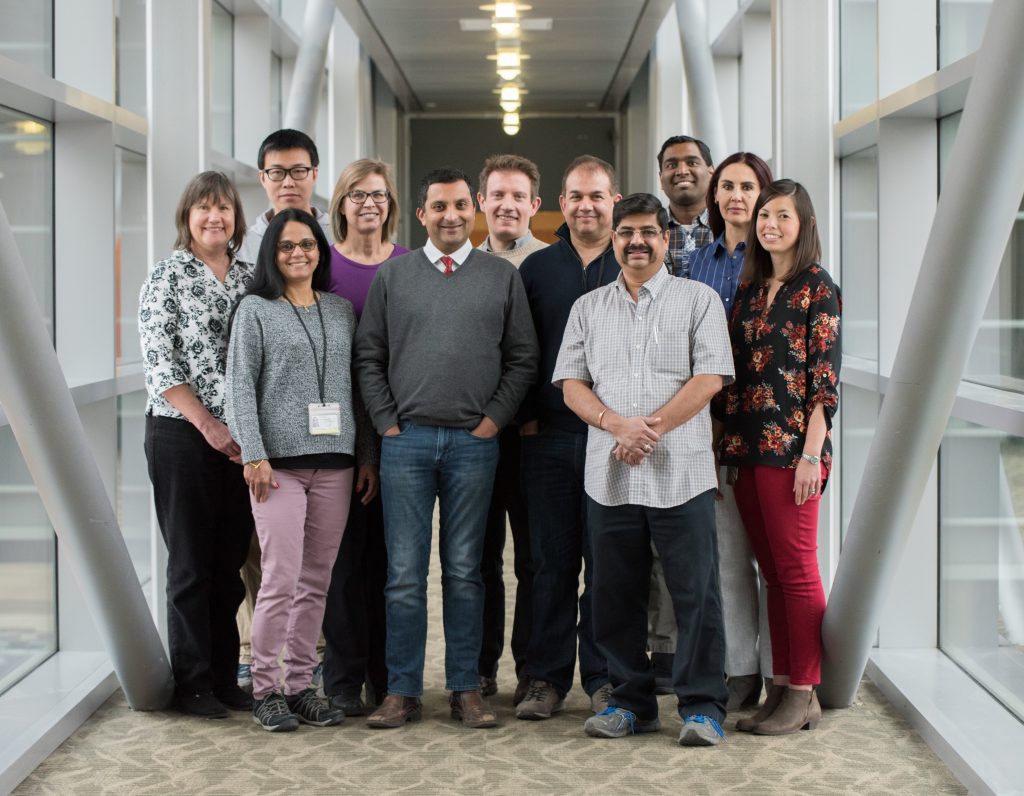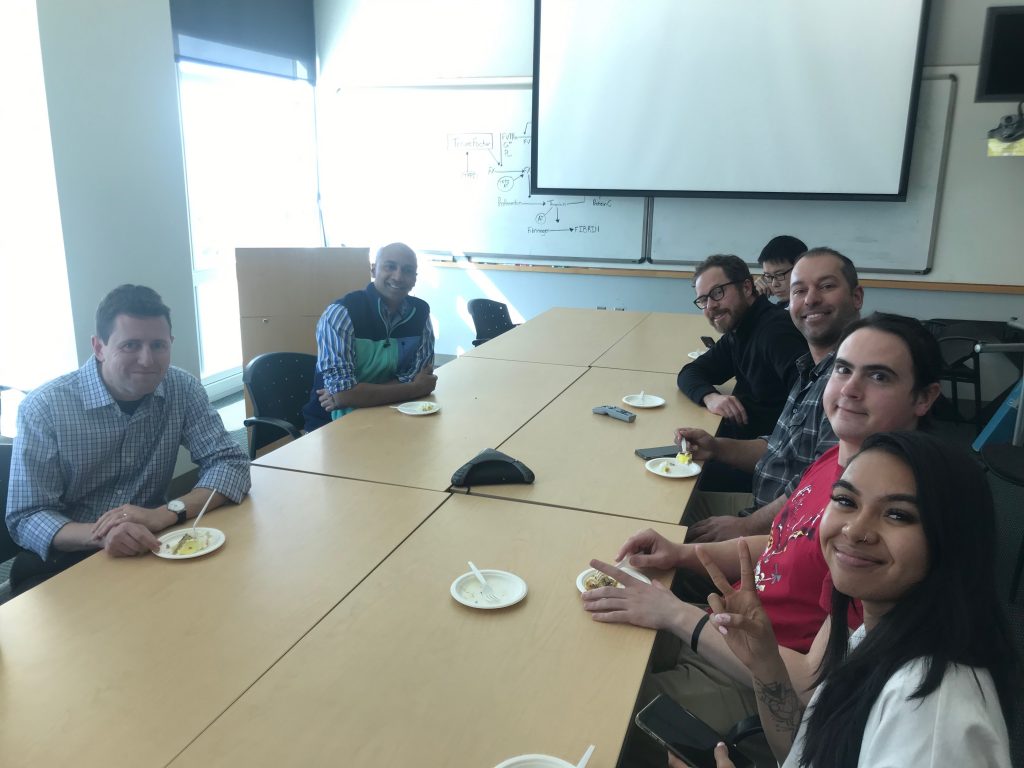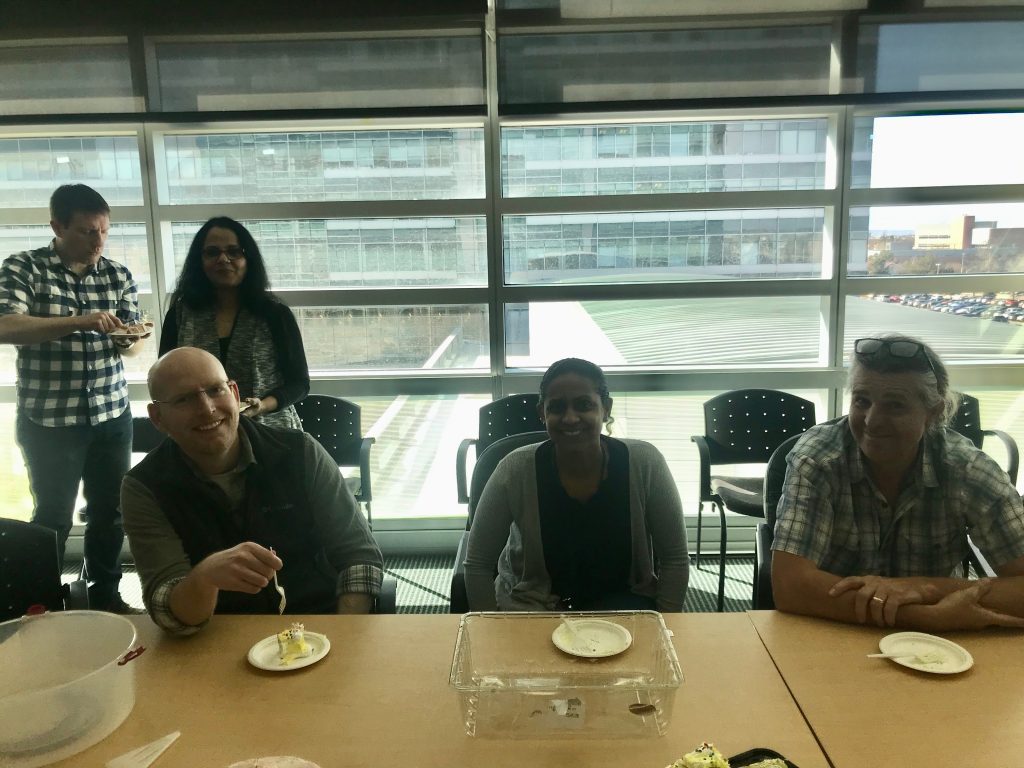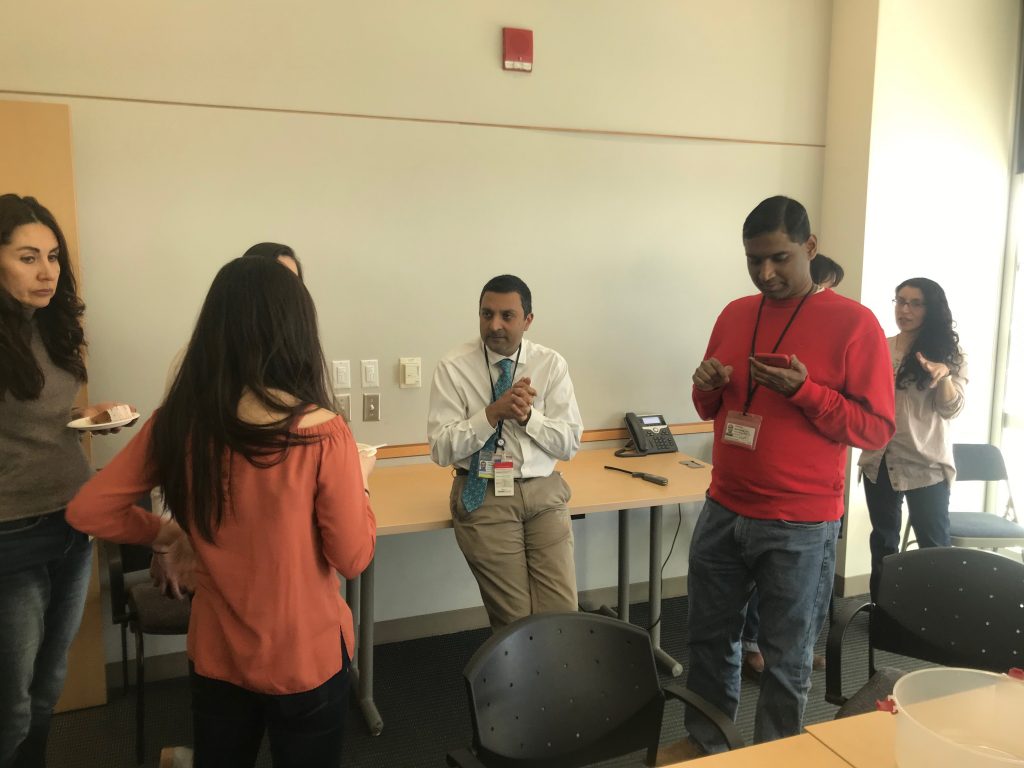There was quite a lot for researchers in the Morgan Adams Foundation Brain Tumor Research Program to celebrate in February!
Dr. Nick Foreman’s group was awarded TWO large federal grants to continue their industry-leading research of ependymoma.
- First, an RO1 from the National Institutes of Health (NIH) / National Cancer Institute (NCI) will support an in-depth study of ependymoma posterior fossa group A (PFA1), the most common type of ependymoma with a high risk of devastating relapse. Previous research suggests that the silencing of a gene called LDOC1 is the driver of PFA1 ependymoma tumors, so the team aims to determine the role of LDOC1 by examining the mechanisms of gene silencing and then determine LDOC1’s role in regulating signaling of the NF-kB pathway. These studies will significantly add to the understanding of childhood ependymoma and have the potential to identify rational therapeutic targets for children with this high-risk, poor-outcome pediatric brain tumor.
- Second, a U.S. Department of Defense (DoD) Idea Award with Special Focus will allow the team to generate preclinical data over the next two years that will directly guide pilot clinical trials with the long-term goal of opening larger national trials for ependymoma patients. Chemotherapy has been effective against some types of pediatric brain tumors, but chemotherapy trials have failed for ependymoma. Single-cell RNA sequencing has the potential to more effectively target therapy-resistant tumor subpopulations in ependymoma.
Dr. Rajeev Vibhakar’s group was awarded a large federal grant and had a paper accepted for publication, both for work on diffuse intrinsic pontine glioma (DIPG).
- Sujatha Venkataraman’s proposal for studying the CD99 antibody in diffuse intrinsic pontine glioma (DIPG) resulted in a U.S. Department of Defense (DoD) Idea Award with Special Focus. Histone mutations lead to the overexpression of CD99, which drives DIPG tumorigenesis (tumor formation) by promoting the self-renewal of tumor stem cells and causes resistance to radiation therapy. Pilot studies using mouse models suggest that the CD99 antibody can cross the blood-brain barrier with no evident toxicity to the normal cells. The team aims to define the role of CD99 in DIPG and establish how it collaborates with various genetic mutations that occur in this aggressive tumor. The use of antibodies against CD99 to target DIPG tumorigenesis is novel and will be a dramatic shift in the treatment paradigm for kids with DIPG. This study will lead to an improved understanding of the genetic drivers in DIPG and their association with cell surface proteins to drive tumorigenesis and help to identify an effective immuno-oncology approach to treat this currently incurable brain tumor in children.
- Dr. Nathan Dahl’s paper entitled “Super elongation complex as a targetable dependency in diffuse midline glioma” was accepted for publication in Cell Reports journal. Drs. Dahl and Vibhakar have used high-throughput drug screening to identify new therapeutic targets in DIPG. Utilizing CDK9 inhibitors, a class of drugs already moving forward in adult clinical trials, Dahl and Vibhakar show that they can effectively treat animal models of DIPG, significantly prolonging survival with minimal toxic side effects. This work has identified a new class of effective compounds for rapid translation into pediatric trials for this uniformly fatal pediatric disease.
Congratulations to Andrea Griesinger, Andy Donson, Sujatha Venkataraman, and Nathan Dahl for their hard work on these projects and to everyone in the Foreman and Vibhakar Labs for their continued efforts to improve outcomes for kids with cancer.
- Foreman Lab
- Vibhakar Lab

